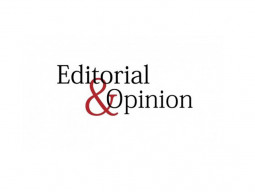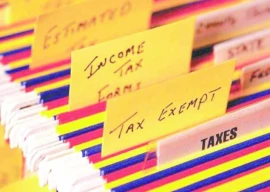
At the same time, we disagree with a number of clauses as well, including the one concerning the ideology of Pakistan and also the one regarding material containing aspersions against various important state institutions that are considered sacrosanct. A separate in-depth discussion is required to explain why we disagree with these and some other clauses of the code.
Meanwhile, we find it reassuring that the code, according to Irfan Siddiqui, chairman of the code of conduct committee, “enjoys voluntary approval” from the Pakistan Broadcasters Association (PBA). However, the PBA seems to harbour some reservations regarding the code’s implementation mechanism. It would not be out of place here to ask the PBA to spell out whatever reservations it has about any aspect of the code before Pemra starts enforcing it.
The biggest problem with regard to implementation, as we see it, is the implementation body itself. Pemra is a subordinate department of the information ministry, which in turn is part of the government of the day. There is, therefore, always a chance of a government using Pemra to promote its own narrow political interests, sometimes even overreaching and going as far as banning legitimate debate in the media when that suits its purpose.
In order to avert such situations, democratic traditions provide such regulatory bodies with a fair degree of independence and autonomy, free from other branches of the government. So, empowered with statutory authority to perform its functions with oversight from the legislative branch, Pemra can become a really effective regulatory body with its implementation mechanism exuding the needed level of integrity. The needed amendments to the relevant laws would be required to be passed to reshape Pemra. The chief executive officer (CEO) of the body would need to be recruited purely on merit by a board of directors made up of representatives from a cross section of society chosen by a bipartisan parliamentary committee (BPC), with the CEO accountable to the board which in turn would be answerable to the BPC; and the CEO and the board should enjoy fixed tenures of five years each.
Published in The Express Tribune, August 23rd, 2015.
Like Opinion & Editorial on Facebook, follow @ETOpEd on Twitter to receive all updates on all our daily pieces.













COMMENTS
Comments are moderated and generally will be posted if they are on-topic and not abusive.
For more information, please see our Comments FAQ